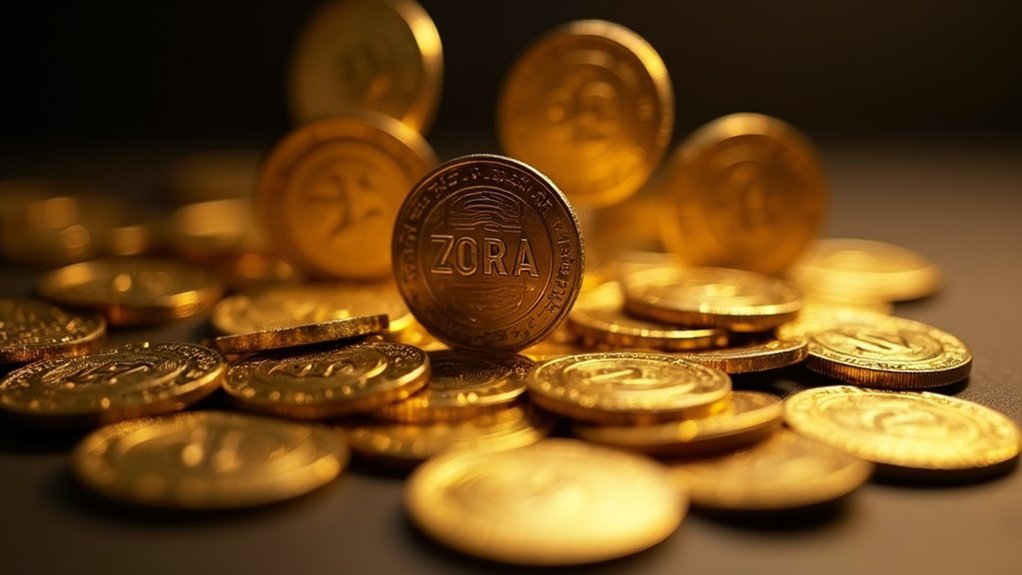While previous administrations viewed cryptocurrency with the enthusiasm typically reserved for root canal procedures, Trump’s March 6, 2025 executive order establishing a Strategic Bitcoin Reserve represents a dramatic pivot toward embracing digital assets as instruments of national security.
The executive action designates Bitcoin as a non-saleable strategic asset, effectively treating the world’s largest cryptocurrency with the same reverence traditionally reserved for gold bullion or petroleum reserves.
The reserve incorporates approximately $17 billion worth of Bitcoin previously seized through federal criminal and civil forfeiture proceedings—a rather poetic transformation of ill-gotten digital gains into sovereign wealth preservation.
Unlike traditional government asset sales (where seized property typically finds its way to auction blocks), these Bitcoin holdings will be maintained indefinitely as stores of value, with Treasury and Commerce Secretaries authorized to develop budget-neutral acquisition strategies for potential open-market purchases.
The government transforms from crypto auctioneer to crypto hodler, treating Bitcoin like digital Fort Knox rather than disposable contraband.
Parallel to the Bitcoin reserve, Trump established a U.S. Digital Asset Stockpile encompassing non-Bitcoin cryptocurrencies like Ethereum, Ripple, Solana, and Cardano obtained through forfeiture.
However, this stockpile operates under different parameters—the Treasury Secretary retains authority to implement selective sales strategies, acknowledging these assets’ more volatile commercial nature compared to Bitcoin’s emerging store-of-value narrative. The government’s holdings could potentially impact mining operations for these cryptocurrencies, as network hash rate changes influence the overall mining ecosystem and profitability for independent miners.
The regulatory framework centers around a Working Group on Digital Asset Markets, chaired by crypto advocate David Sacks, representing a stark departure from the Biden administration’s restrictive approach. The Working Group must submit a comprehensive regulatory framework report to the President within 180 days outlining recommendations for digital asset oversight.
This group encompasses SEC, CFTC, Treasury, Commerce, and Attorney General representatives, alongside private sector input—essentially creating a crypto-friendly brain trust within federal governance.
Management oversight includes establishing a dedicated Treasury office employing sophisticated strategies like dollar-cost averaging and hedging, with Bitcoin holdings remaining publicly visible on blockchain networks for transparency. The administration describes Bitcoin as digital gold due to its fixed supply cap of 21 million coins and inherent security features.
The administration requires thorough digital asset accounting from all federal agencies, ensuring centralized oversight of what could become the world’s most substantial government-controlled cryptocurrency portfolio.
Trump’s strategy fulfills his campaign promise to position America as the global “crypto capital,” though critics question whether government involvement in commercial crypto markets represents sound fiscal policy or merely subsidizes crypto billionaires.
The approach certainly distinguishes American digital asset policy from more cautious international counterparts.








